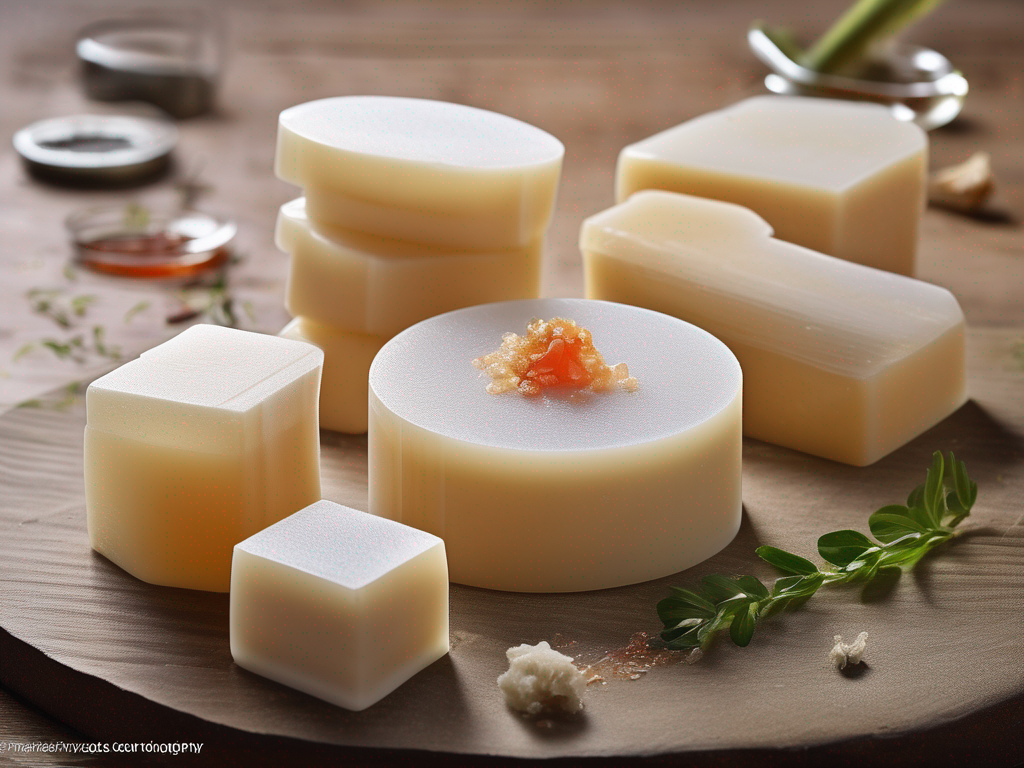
The Ultimate Guide to Properly Storing Agar for Extended Shelf Life
The Ultimate Guide to Properly Storing Agar for Extended Shelf Life
Agar, a versatile ingredient derived from seaweed, is commonly used in various culinary applications for its gelling properties. Whether you use agar in desserts, jams, or savory dishes, proper storage is crucial to maintain its quality and extend its shelf life. In this comprehensive guide, we will explore the best practices for storing agar to ensure its freshness and effectiveness in your recipes. (Agar)
Food Storage Essentials
Products that help you store and preserve your food better
Disclosure: As an Amazon Associate, we earn from qualifying purchases. This helps support our site and allows us to continue providing free food safety information.
Why Proper Storage is Important for Agar
Agar is a delicate ingredient that can deteriorate if not stored correctly. Factors such as exposure to moisture, light, and air can compromise the quality of agar, leading to loss of texture and gelling properties. By following the recommended storage guidelines, you can preserve the integrity of agar and optimize its performance in your dishes.
Benefits of Properly Stored Agar:
- Maintains freshness and quality
- Extends shelf life
- Ensures optimal gelling properties
- Prevents contamination and spoilage
Best Practices for Storing Agar
To maximize the shelf life of agar and maintain its quality, it is essential to follow these best practices for storage:
1. Choose the Right Container
- Use airtight containers or resealable bags to protect agar from moisture and air exposure.
- Opt for opaque containers to shield agar from light, which can degrade its quality over time.
2. Store in a Cool, Dry Place
- Keep agar away from heat sources and direct sunlight.
- Store in a cool, dry pantry or cupboard to maintain optimal conditions.
3. Avoid Humidity
- Moisture can cause agar to clump or degrade quickly.
- Ensure the storage area is dry and free from humidity.
4. Label and Date
- Clearly label the container with the date of purchase to track the freshness of agar.
- Use older agar first to prevent wastage and ensure quality in your recipes.
5. Check for Signs of Spoilage
- Inspect agar before use for any signs of mold, off smells, or discoloration.
- Discard agar if it shows any signs of spoilage to prevent contamination in your dishes.
Tips for Extending the Shelf Life of Agar
Recommended Food Storage Products
Keep your food fresh and organized with these storage solutions
Disclosure: As an Amazon Associate, we earn from qualifying purchases. This helps support our site and allows us to continue providing free food safety information.
In addition to proper storage practices, here are some tips to help you extend the shelf life of agar:
- Vacuum Seal: If possible, vacuum-seal agar for long-term storage to minimize exposure to air and moisture.
- Freeze Unused Portions: For extended storage, freeze agar in airtight containers or bags to maintain freshness.
- Rotate Stock: Use a "first in, first out" approach to ensure older agar is used before newer purchases.
- Keep Away from Strong Odors: Store agar away from strong-smelling foods to prevent flavor absorption.
Conclusion
Proper storage is essential for maintaining the quality and shelf life of agar. By following the guidelines outlined in this guide, you can ensure that your agar remains fresh, effective, and ready to elevate your culinary creations. Remember to store agar in a cool, dry place, away from light and moisture, and always check for signs of spoilage before use. With these tips, you can make the most of your agar and enjoy its gelling properties in your favorite dishes. Learn more about agar here.
Remember, a little care in storage goes a long way in preserving the quality of your ingredients and enhancing the flavors of your dishes. Happy cooking! (Agar)
Related Posts
Here are some other articles you might find helpful:
Food Storage Essentials We Love
Products that help you store and preserve your food better
Disclosure: As an Amazon Associate, we earn from qualifying purchases. This helps support our site and allows us to continue providing free food safety information.
Scan your food directly and get instant safety info using our AI-powered camera feature.




